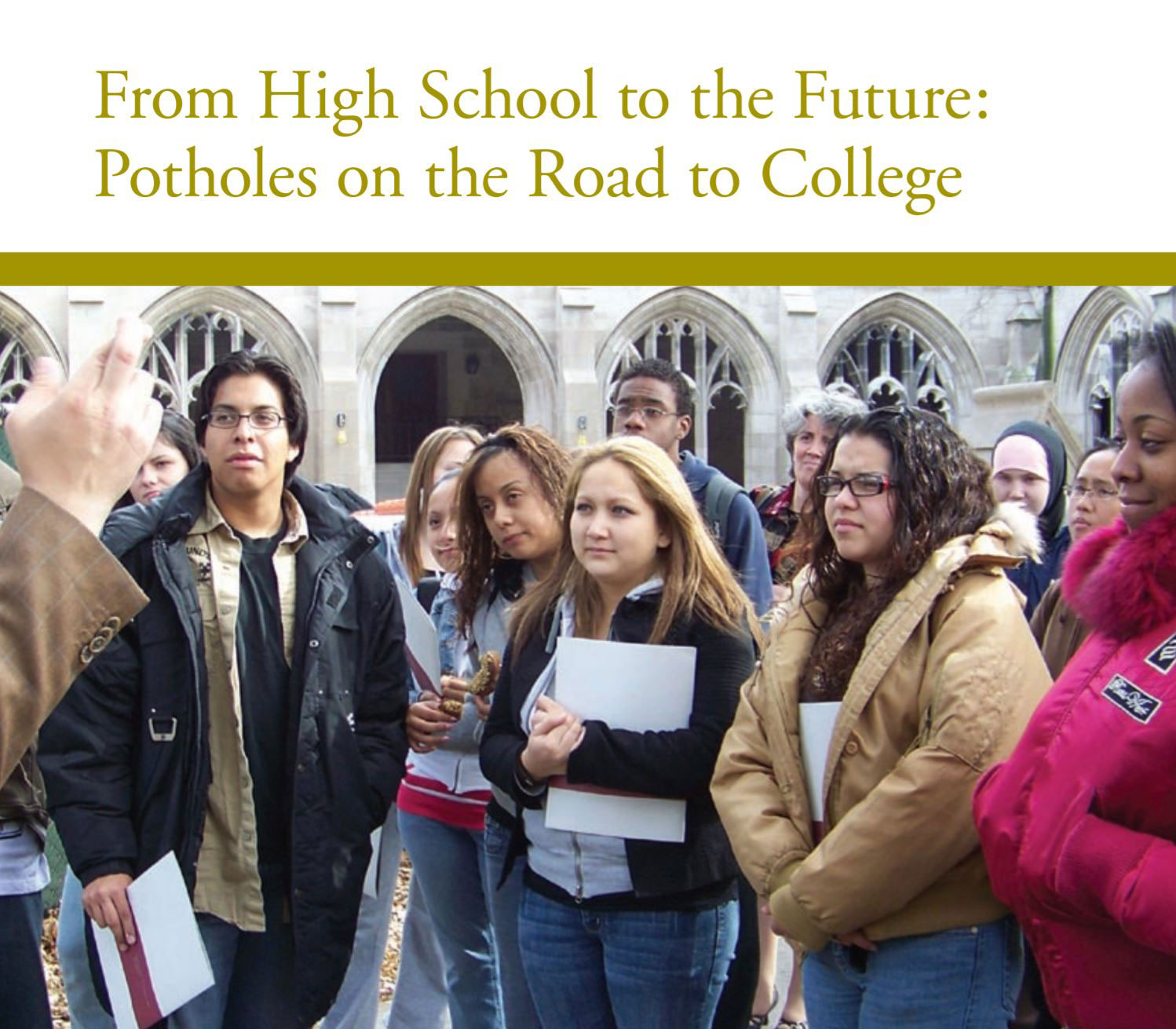Over the past several decades, the United States has witnessed a dramatic shift in the educational aspirations of high school students, particularly among low-income and minority students. Thirty years ago, the task of applying to college was not on the agenda of most students in American high schools. In 1980, only 40 percent of all tenth-graders and only 20 percent of low-income tenth-graders hoped to complete at least a bachelor’s degree.1 In 2005, 83 percent of Chicago Public Schools (CPS) seniors stated that they hoped to earn a bachelor’s degree or higher, and an additional 13 percent aspired to attain a two-year or vocational degree.
Since 2004, the Consortium on Chicago School Research (CCSR) has tracked the postsecondary experiences of successive cohorts of graduating CPS students and examined the relationship among high school preparation, support, college choice, and postsecondary outcomes. The goal of this research is to help CPS understand the determinants of students’ postsecondary success and to identify key levers for improvement. Our first report in this series, From High School to the Future: A First Look at Chicago Public School Graduates’ College Enrollment, College Preparation, and Graduation from Four-Year Colleges, provided a baseline of where CPS stood as a school system. We looked at how many students enrolled in college and what types of schools they attended, and we examined the role of students’ qualifications (e.g., grades, test scores, and course-taking patterns) in shaping access to and graduation from college. The conclusion of our first report, confirming a significant body of research on the link between high school performance and college access and graduation, is that increasing qualifications is the most important strategy for CPS students to improve college participation, access to four-year and more selective colleges, and ultimately college graduation rates.


